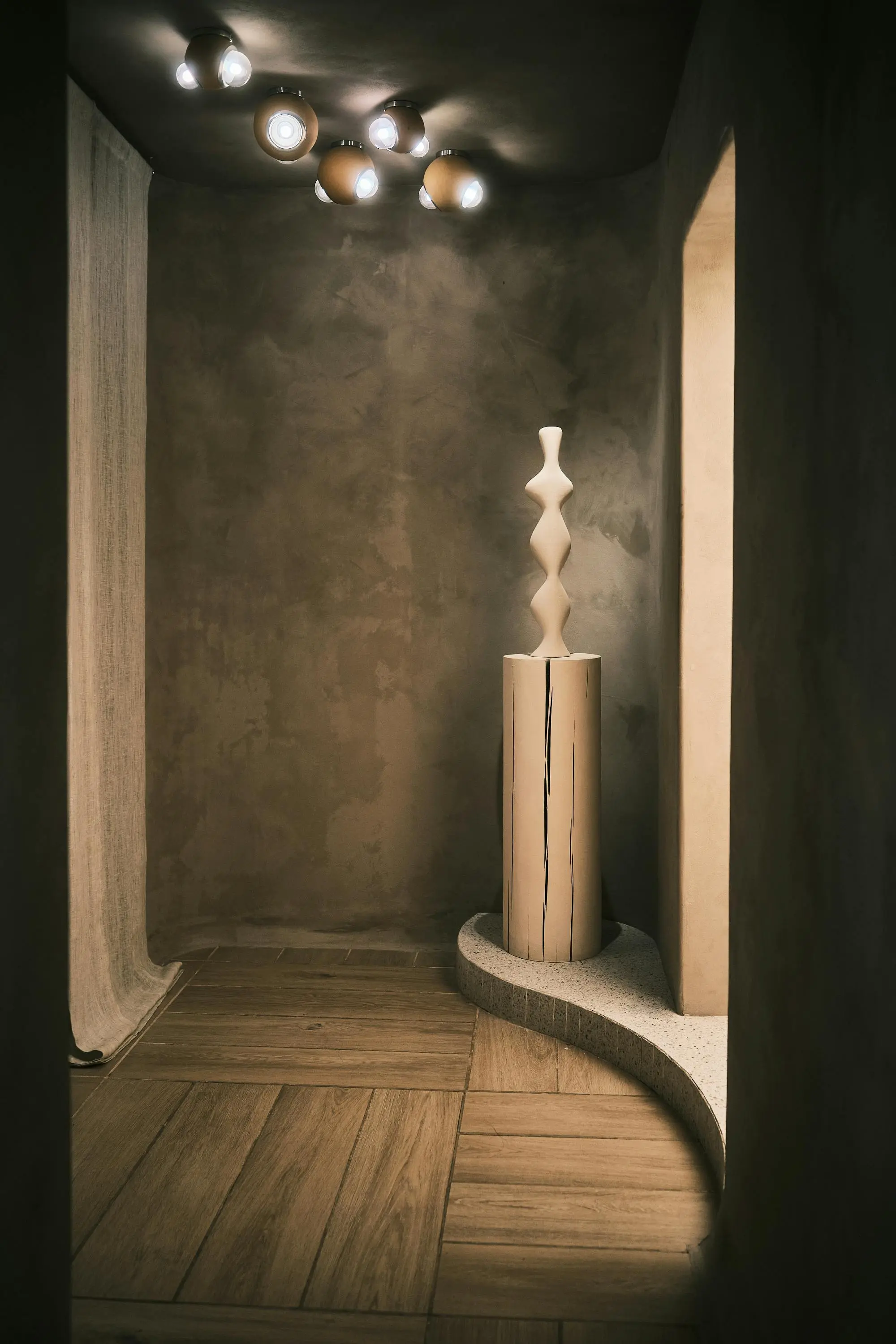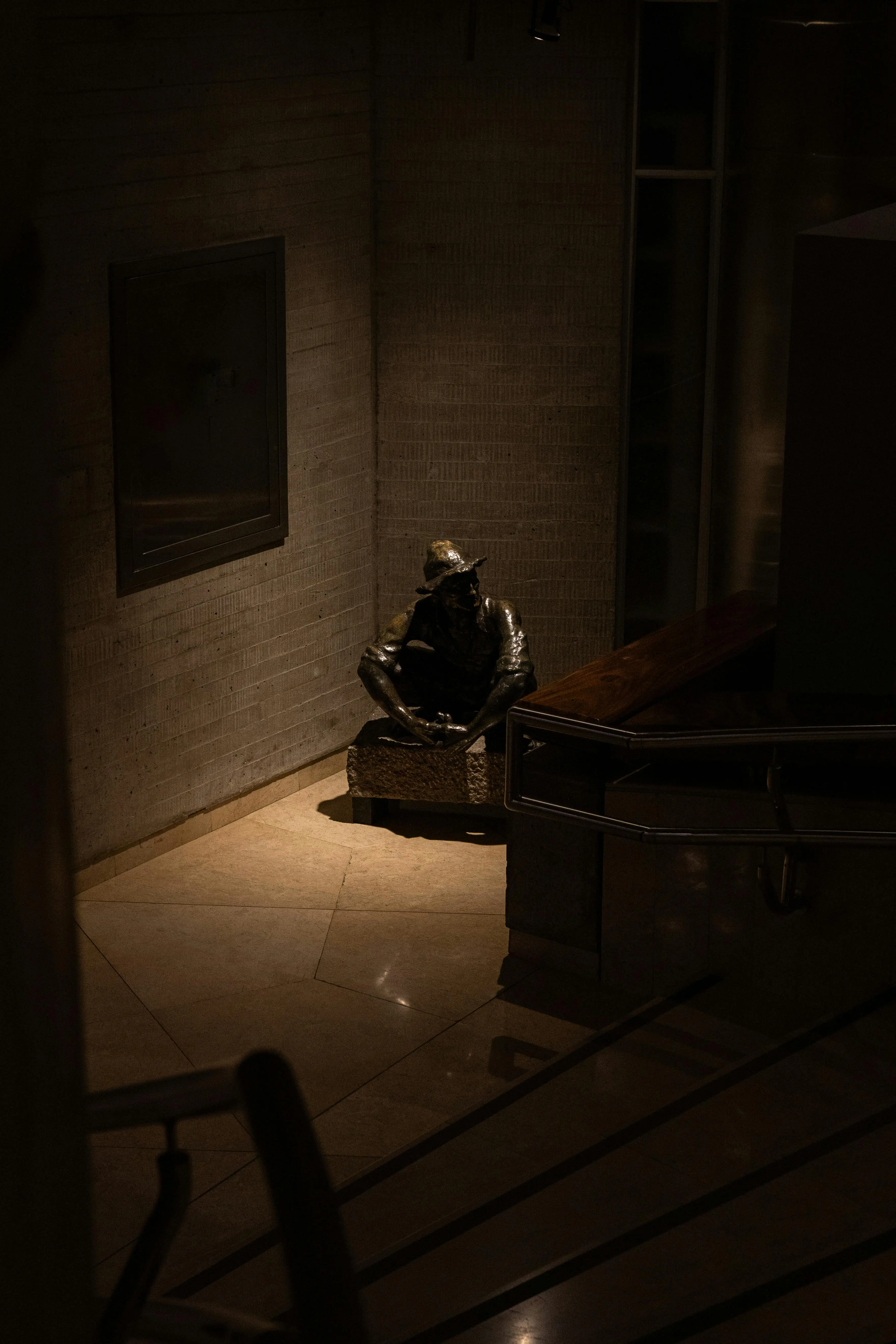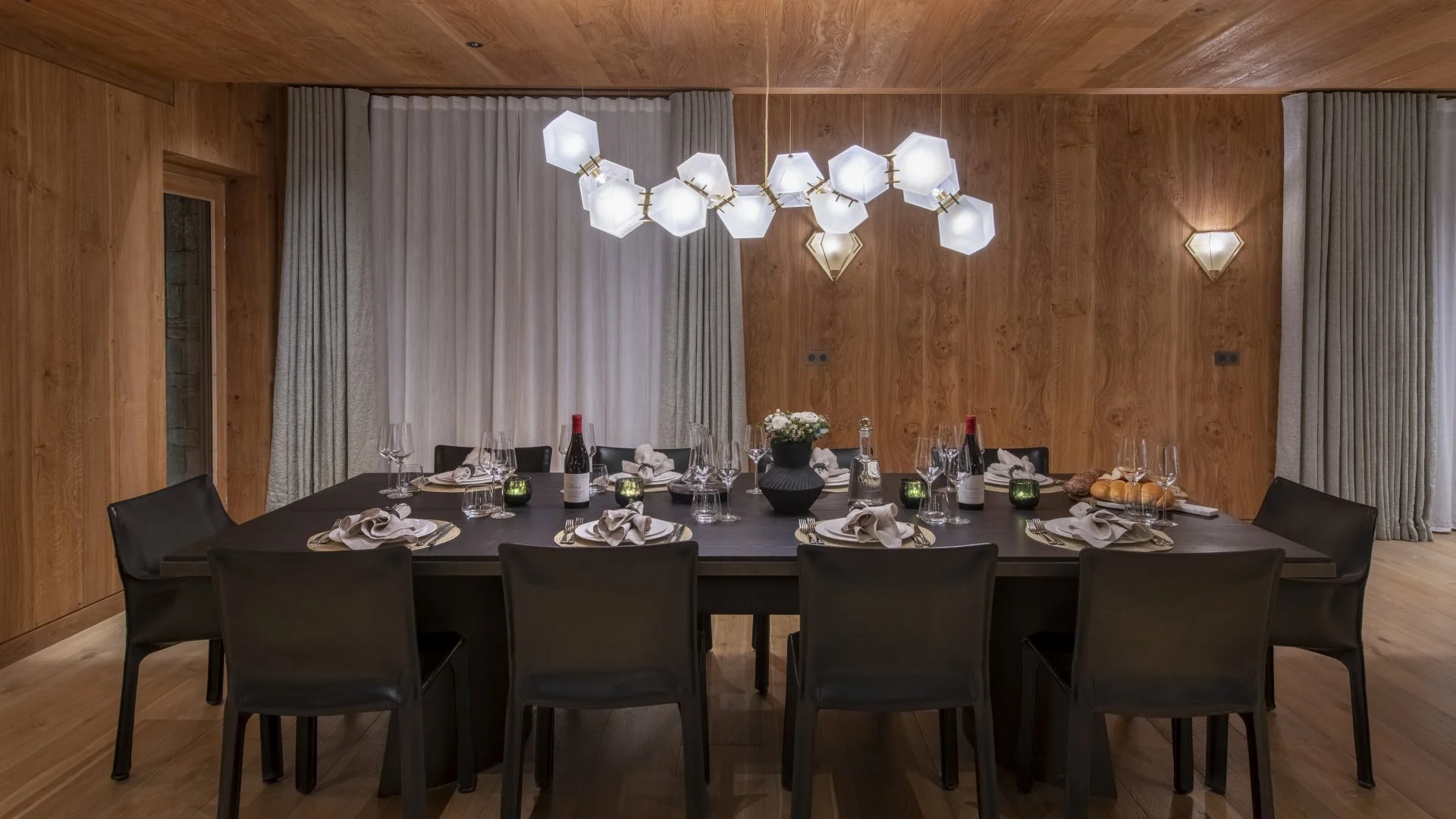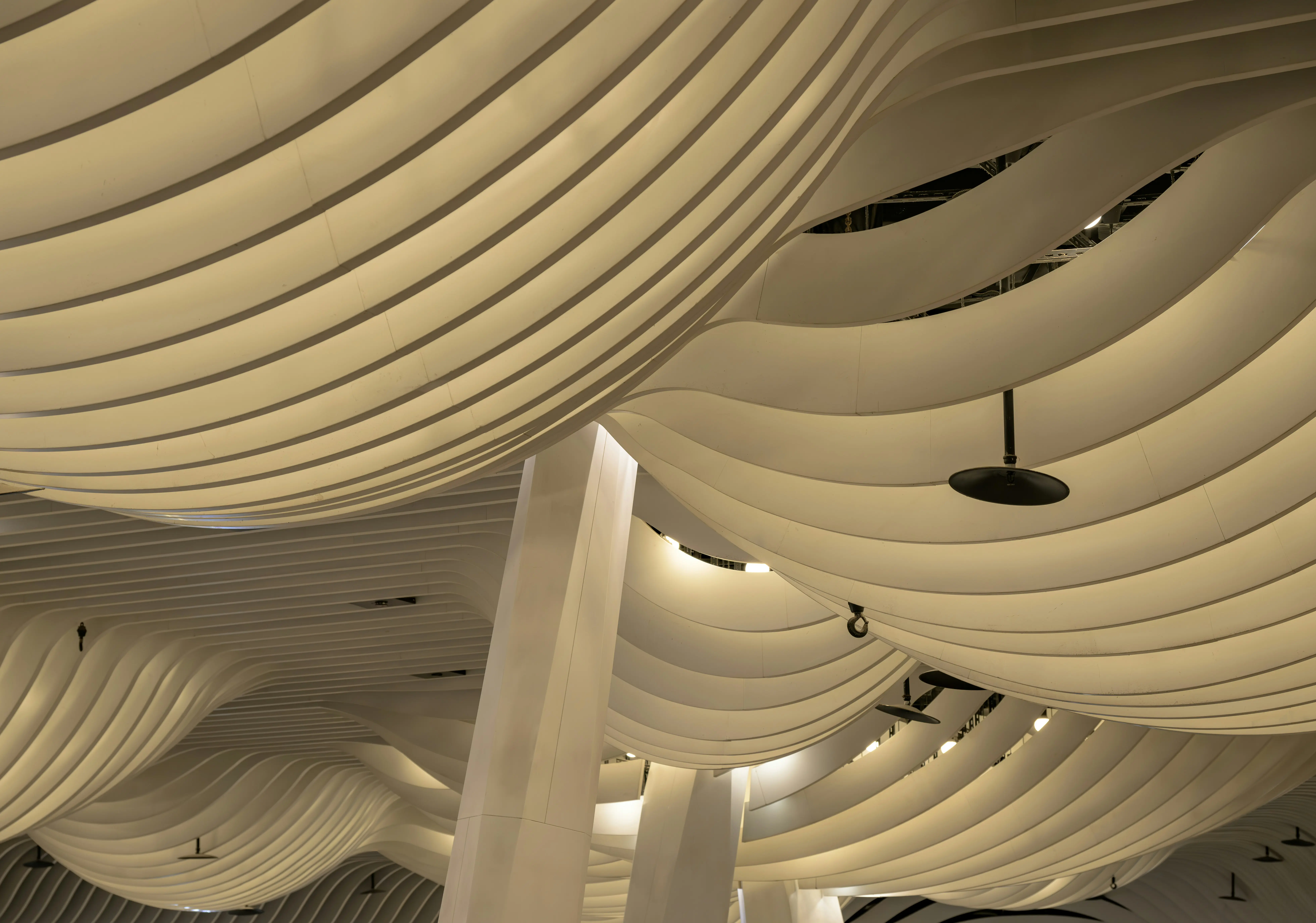Published on 17th March 2025
"Light, a silent orchestrator of mood and movement"
At Penn Collective, we believe light is not merely a tool—it is an experience,It sculpts architecture, breathing life into forms and guiding human perception with an elegance that transcends mere visibility.
Among the many facets of light, illuminance—the amount of light that falls upon a surface—holds a profound role. It is the foundation upon which all lighting design is built, yet it is not simply about brightness. Like a composer shaping the rise and fall of a symphony, we use illuminance to create depth, reveal texture, and bring emotion to space.
Let us take you on a journey into the essence of illuminance, exploring how it defines experience and how, when designed with mastery, it transforms the built environment into something truly remarkable.
Illuminance as a Dialogue Between Light and Space
Imagine walking into a space where the light guides you effortlessly—a soft glow invites you to pause, a gentle gradient of brightness draws your eye forward, subtle pools of light reveal architectural details, while darker zones frame moments of intrigue.
This is not accidental. It is a conversation between light and space, a deliberate orchestration of brightness and shadow to shape perception.
At Penn Collective, we consider illuminance as the gestural language of lighting design—it directs movement, creates layers of experience, and establishes an atmosphere that lingers in memory. The way a space is illuminated determines how it feels: whether it is expansive or intimate, dynamic or serene, grounded or ethereal.
A well-lit space is not one that is simply bright, but one that is balanced, where the interplay of light and darkness enhances the architectural vision rather than overpowering it.
The Poetics of Brightness and Shadow
Illuminance is not just about providing light; it is about curating experience. It is knowing when to illuminate and when to withhold—where brightness should reveal, where shadows should embrace.
Consider a gallery where a carefully controlled beam of light draws attention to an artwork, while the surrounding space remains hushed in softness, allowing the piece to command presence. Or a luxury residence where warm pools of light define seating areas, inviting conversation, while the edges dissolve into a gentle dimness, fostering a sense of comfort and retreat.
Too much light flattens depth, erases drama, and numbs the senses. Too little, and the space loses clarity. But when balance is struck, a space breathes—light and shadow dance in harmony, and architecture reveals its essence in a way that feels intuitive, effortless, and profoundly human.
Human-Centric Lighting: Designing for Emotion and Well-Being
Light is deeply tied to human experience. It affects our emotions, our focus, even our physiology. Thoughtfully designed illuminance considers not only what people see, but how they feel within a space.
A workspace with adaptive, natural-feeling light fosters energy and productivity, reducing fatigue and enhancing well-being. A boutique hotel, with warm, ambient pools of light, offers a sense of intimacy and retreat. A cultural landmark, bathed in a rhythmic play of brightness and shadow, becomes immersive and theatrical, inviting awe.
At Penn Collective, we design human-centric lighting solutions—understanding that the right illuminance is not just a matter of aesthetics, but of experience and well-being. By layering light levels to align with natural rhythms and architectural intent, we ensure that illumination is not only seen, but felt.
Sustainable Illuminance: Honouring People and the Planet
True lighting mastery does not come from excess, but from precision and restraint. A sustainable approach to illuminance means delivering exactly the right amount of light, in the right place, at the right time—never more, never less.
At Penn Collective, we integrate intelligent lighting technologies—dynamic daylight integration, dimming strategies, and precision optics—to reduce energy consumption without compromising artistic intent. Our designs enhance space while respecting its environmental impact, ensuring that light serves its purpose without waste or intrusion.
In urban settings, excessive brightness creates glare, drowns out the night sky, and disrupts ecosystems. We take a stand for a more mindful, responsible approach—designing lighting that is in harmony with nature, considering not just the built environment, but the world that surrounds it
"light is not just about function—it is about emotion. It is about creating spaces that resonate, that leave an impression long after one has departed."
There is a moment, in every great space, where light ceases to be something you notice and becomes something you feel. A warm glow that welcomes you in. A soft radiance that makes a room feel alive. A luminous thread that ties architecture, materiality, and human experience into one seamless whole.
At Penn Collective, we do not simply apply light. We sculpt with it. We choreograph its presence, its intensity, and its absence with the same meticulous care as an artist refining a canvas or a composer shaping a score.
That is the power of illuminance. And that is the craft of Penn Collective
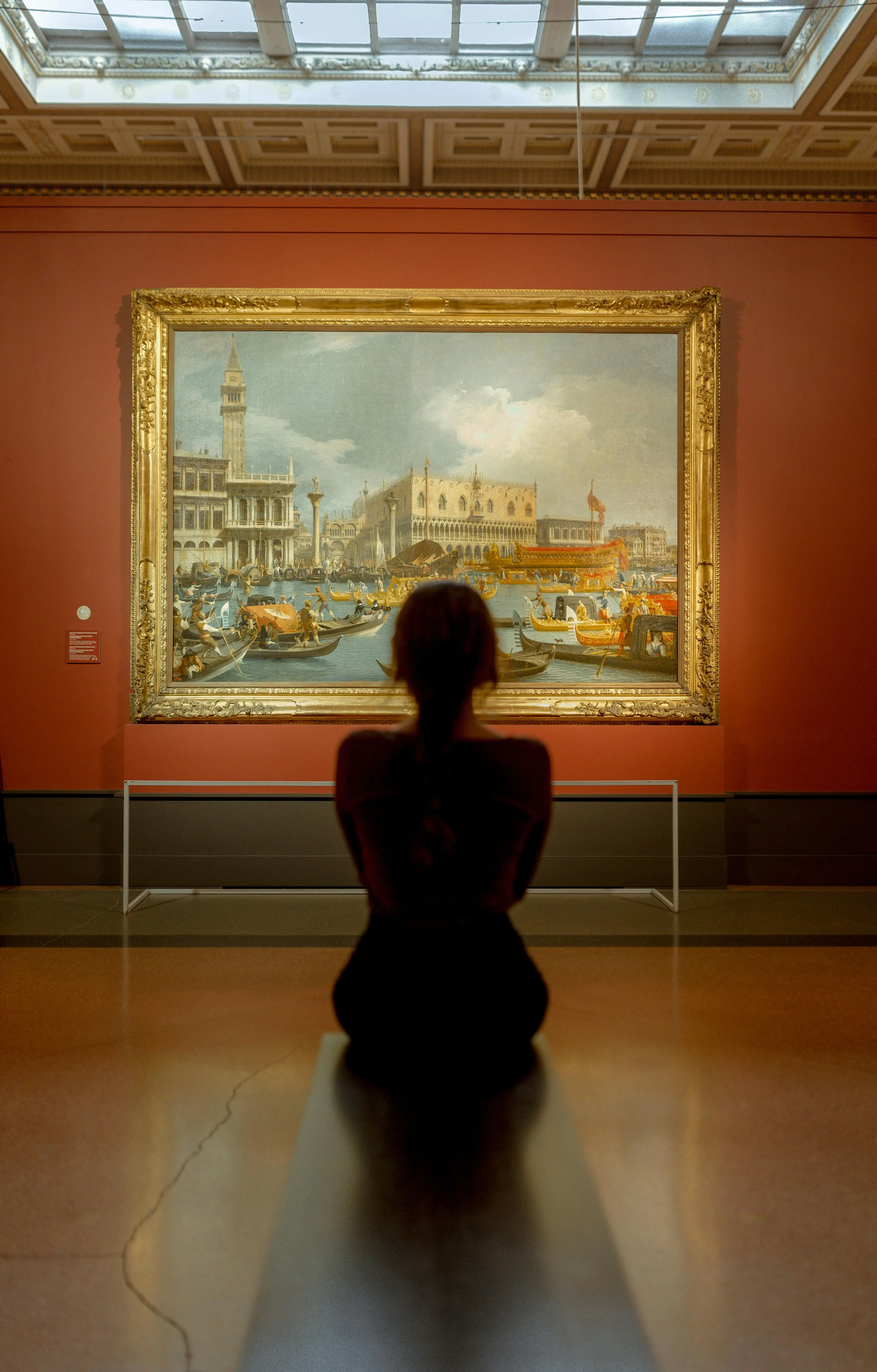
_11zon.jpg)
